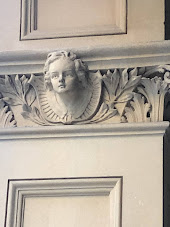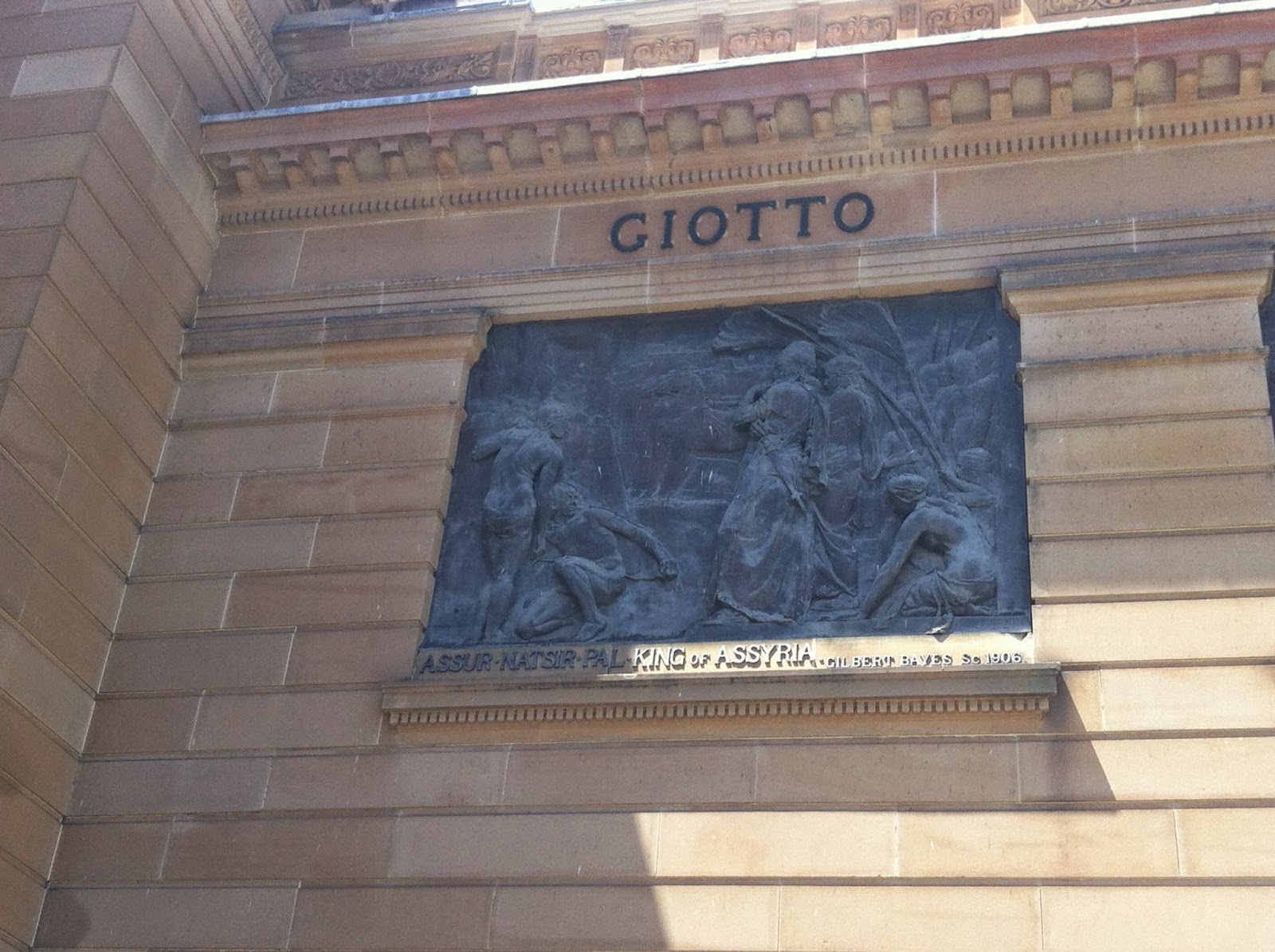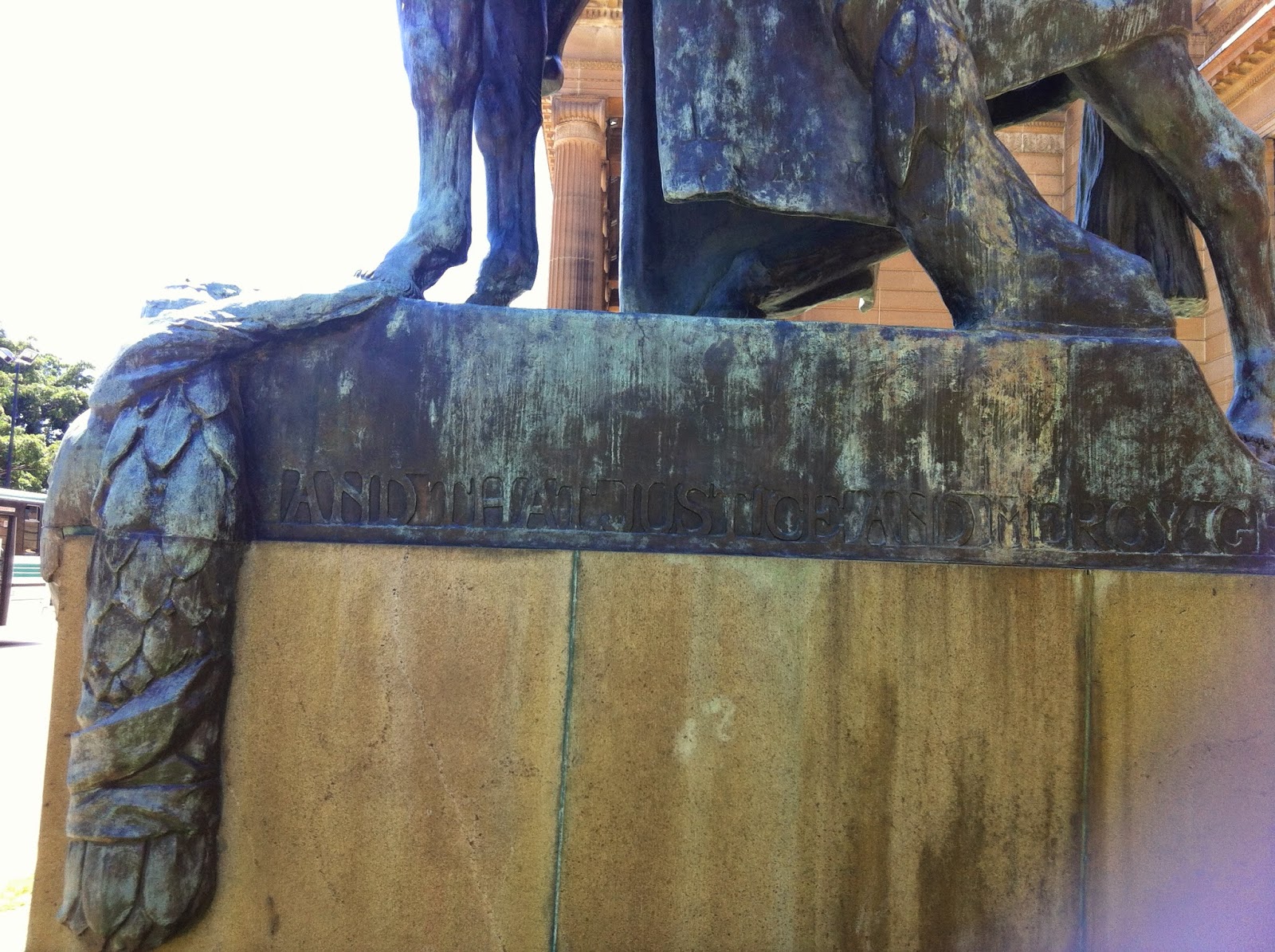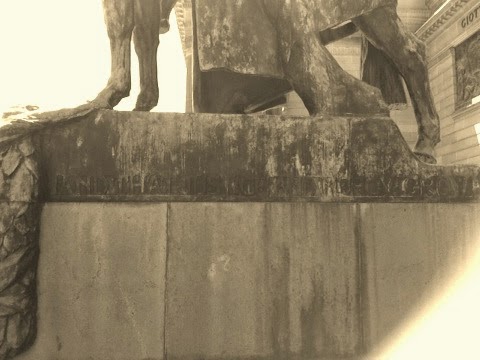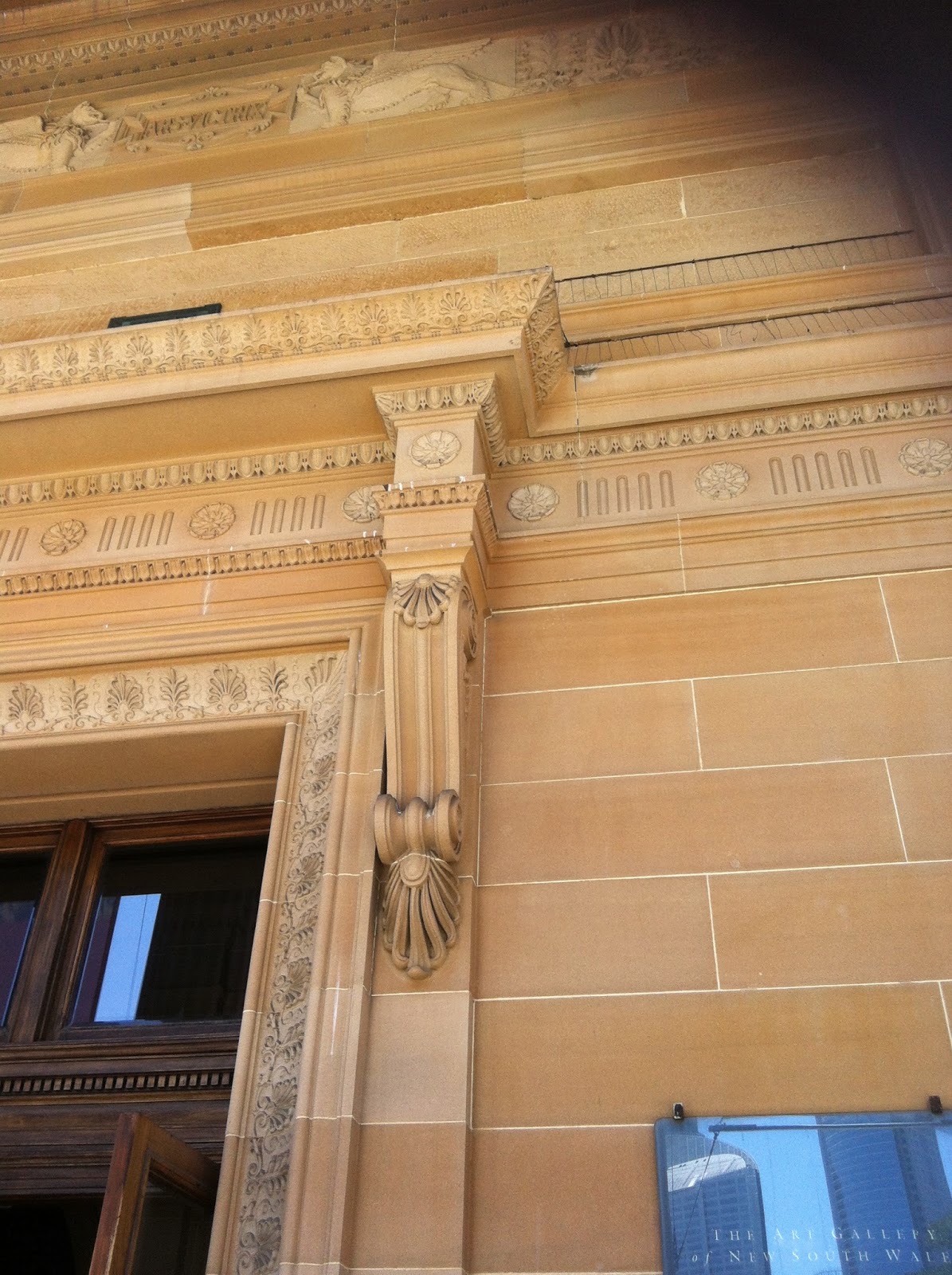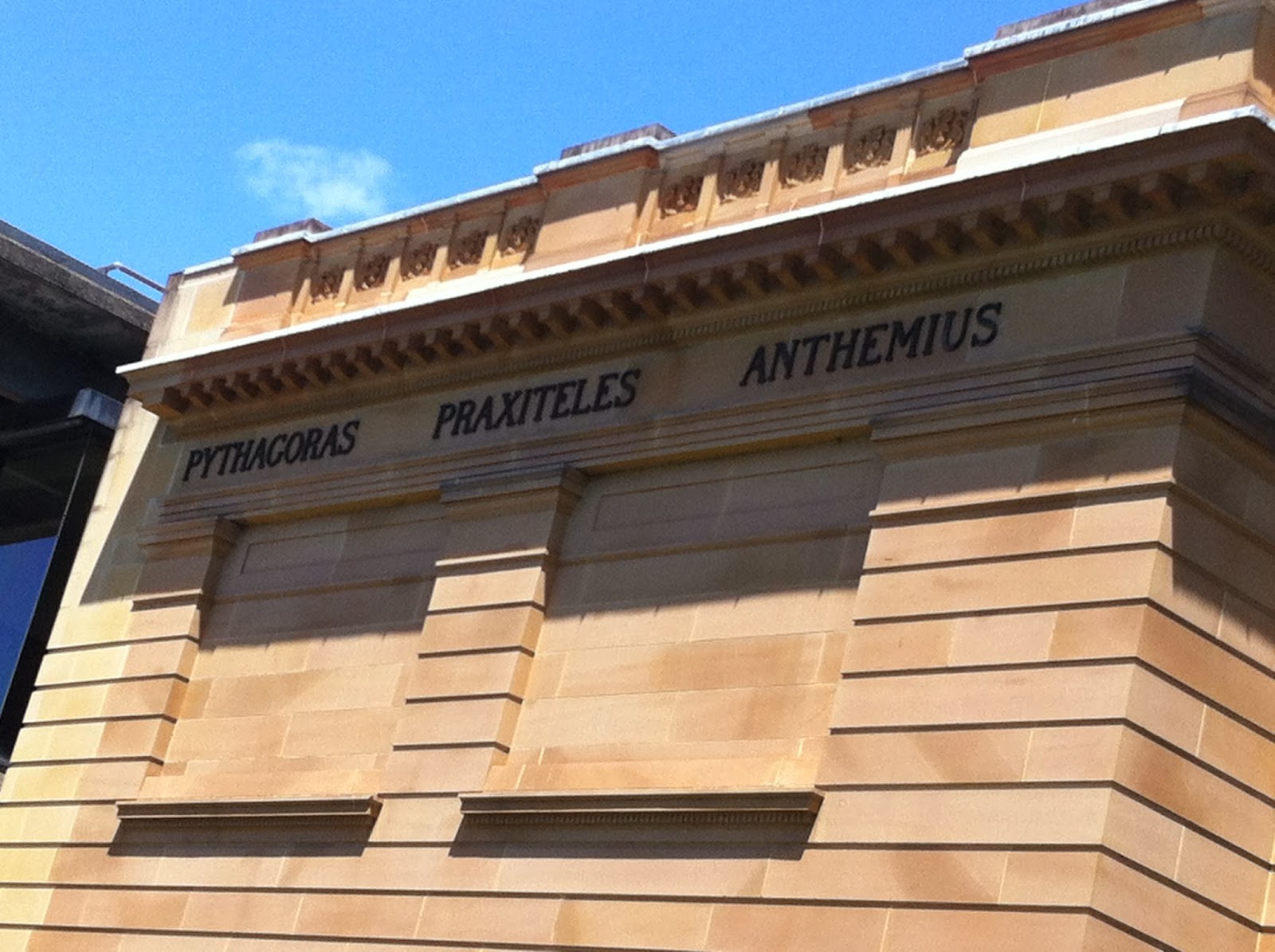Sydney Hospital August 2021
Sydney Hospital, also known as Sydney Hospital and Sydney Eye Hospital, is one of the oldest hospitals in Australia. Here's some information about Sydney Hospital:
1. History: Sydney Hospital was established in 1788, making it the oldest hospital in Australia. It was founded just months after the arrival of the First Fleet, which established the British colony of New South Wales. Initially, it provided medical care for convicts and military personnel.
2. Location: Sydney Hospital is located in Macquarie Street, in the heart of Sydney's central business district. It occupies a prominent position near the Royal Botanic Garden and is surrounded by other significant landmarks, including the State Library of New South Wales and the New South Wales Parliament House.
3. Services: Sydney Hospital is a general public hospital that offers a wide range of medical services. It provides emergency care, surgical procedures, specialized clinics, and outpatient services. The hospital is known for its expertise in ophthalmology (eye care) and is home to the Sydney Eye Hospital, which is a dedicated eye care facility within the broader hospital complex.
4. Architecture: The main building of Sydney Hospital is an impressive example of Georgian architecture. Constructed from locally sourced sandstone, it features classical elements such as colonnades, porticos, and decorative detailing. The building has undergone several renovations and expansions over the years to accommodate the growing needs of the hospital.
5. Heritage Significance: Sydney Hospital is listed on the New South Wales State Heritage Register and is recognized for its historical and architectural importance. The hospital has preserved some of its original structures and continues to provide healthcare services while maintaining its historical integrity.
6. Teaching and Research: Sydney Hospital has a strong association with medical education and research. It serves as a teaching hospital for medical students from the University of Sydney and other universities. The hospital is also involved in clinical research and contributes to advancements in medical knowledge and practices.
7. Community Engagement: In addition to its medical services, Sydney Hospital actively engages with the community. It participates in health promotion activities, organizes public lectures and events, and provides support for patients and their families.
Sydney Hospital holds a significant place in the history of Australian healthcare and continues to provide essential medical services to the community. Its central location and rich heritage make it an iconic institution in Sydney's medical landscape.




